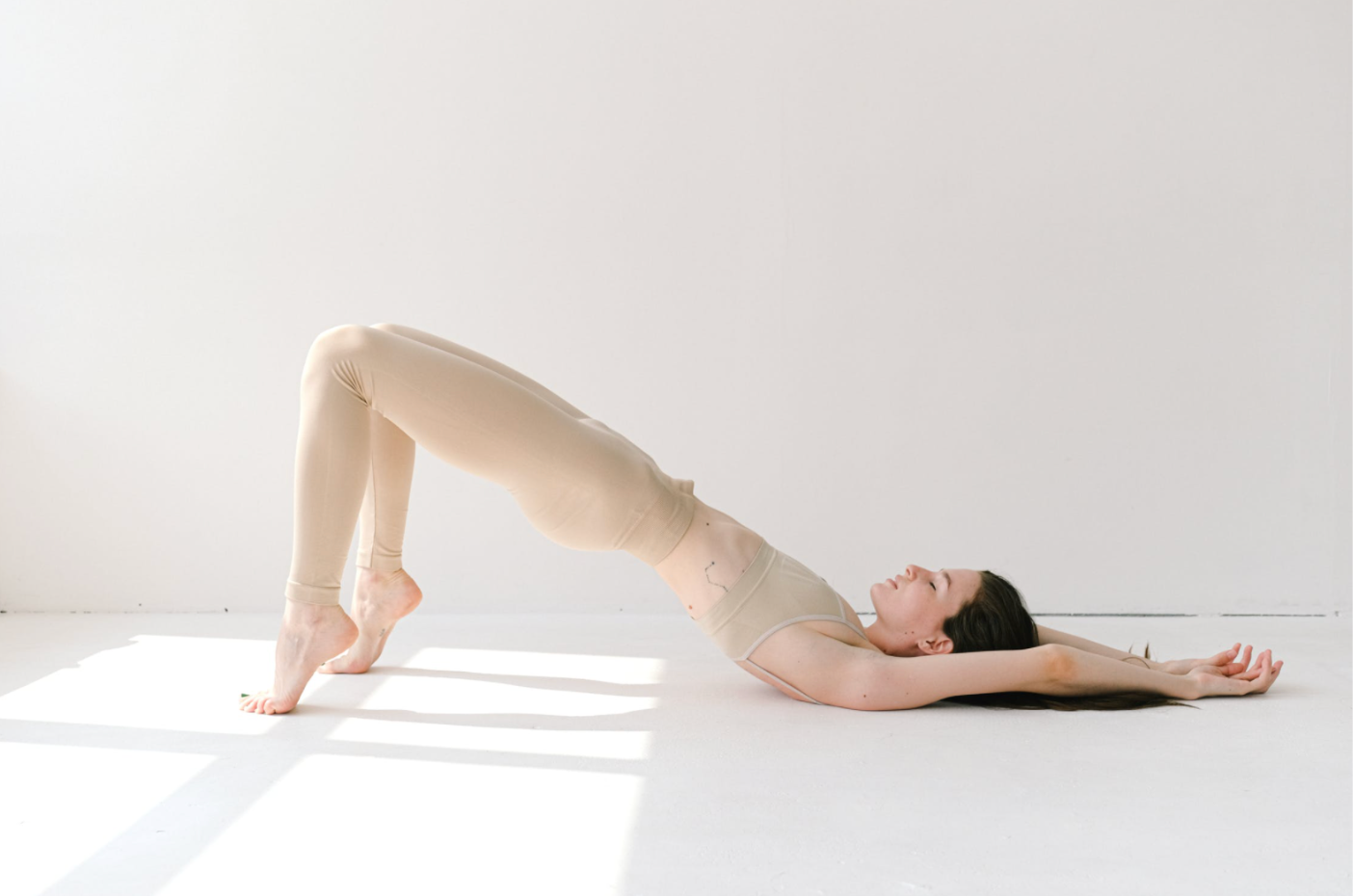How long does it take for bioidentical hormones to start working?
Hormones are the body’s messengers, and when you have a hormonal imbalance, you may develop health concerns. Some people feel run down or sluggish and others may struggle with insomnia or develop a low sex drive. Men and women then turn to bioidentical hormones to alleviate symptoms. The question becomes how long does it take for bioidentical hormones to start working? The quick answer is— it depends.
Some people will feel better immediately after one treatment and for others a few days. Also, to feel the full effect hormone treatment may take weeks. In this article, we’ll explore the world of bioidentical hormones to help you determine how long it might take for the therapy to work for you.
What are bioidentical hormones?
Bioidentical hormones mimic the natural hormones in your body. The plant-based molecules work with your body to balance the missing hormones. When applied, your body can’t tell the difference between the ones it makes naturally or the bioidentical hormones.
How long does it take for bioidentical hormones to start working?
Bioidentical hormone replacement therapy (BHRT) may take a few weeks for the full effects to take place. The reasons for this vary from the type of hormone therapy, dosage and form. Each person is unique and responds differently to BHRT. If you’re not experiencing any benefit, speak to your healthcare provider about changing your treatment plan.
What are the different types of bioidentical hormones?
The most common BHRT is for the hormones estrogen, progesterone, and testosterone.
Estrogen hormone therapy
Estrogen hormone therapy (ERT) helps boost estrogen levels by replacing the missing amounts. Estrogen or the female sex hormone is important for balancing the menstrual cycle, reproductive health, bone health, and brain function. It’s primarily produced in the ovaries and levels fluctuate throughout a woman’s cycle. Men produce smaller amounts of this hormone, too.
Progesterone hormone therapy
BHRT usually includes progesterone with estrogen during treatment. Progesterone, like estrogen, begins in the ovaries and helps balance the menstrual cycle. It also plays a powerful role in reproductive health and maintaining a healthy pregnancy.
Testosterone replacement therapy
Testosterone hormone therapy (TRT) is a treatment to help those with hypogonadism. Hypogonadism is a condition when men don’t produce enough testosterone during puberty or enough sperm for healthy reproduction.
Teststerone is the male sex hormone and produced mostly in the testes and in smaller amounts in the andrenal gland. Women do produce testosterone too, but in much smaller quantities.
If you have low levels of estrogen, progesterone, or testosterones, you can choose to boost levels through BHRT.
What is the difference between traditional and bioidentical?
Traditional HRT are synthetic compounds, derived from pregnant horse urine or other synthetic ingredients. BHRT matches your body’s natural hormones and comes from plant estrogens. Since BHRT fits your body’s chemistry more naturally, many people believe they are safer. But there may not be any difference in the risks.
What are the benefits of hormone therapy?
Hormone therapy has many benefits for men and women. The most common reason women undergo hormonal therapy is to combat perimenopausal and menopausal symptoms.
Menopause signals a time in a woman’s life when her fertile years have come to an end. During this transition period, she experiences many painful symptoms that hormone therapy can help reduce, including:
- night sweats and hot flashes
- vaginal atrophy (dryness)
- weight gain
- mood swings
- irregular periods
- sleep issues
- thinning hair
- dry skin
Men who undergo hormone therapy with testosterone, may experience health benefits too. Testosterone may help improve muscle strength, sleep issues, low sex drive, and better mood. Traditionally men have TRT to combat serious issues with sperm count or gonadism.
What are the risks of bioidentical hormones?
Hormone therapy is traditionally for those with perimenopausal or menopausal symptoms. Although this use has become controversial in the past decade due to research by the Women’s Health Initiative (WIH) in 2002.
The research indicated that women undergoing BHRT for long periods had a higher risk of breast cancer, blood clots, and stroke. Later analysis of the WHI study showed that the women in the study were 10-15 years past menopause. What this means, is this increased risk for health issues, may only be for older women in their 60s and 70s. Short-term hormonal therapy for younger women, the health benefits may outweigh the risks.
Who needs bioidentical hormones?
The best answer is anyone suffering with a hormonal imbalance; although, there may be some risks. If you’re unsure if you have low hormone levels, ask your doctor to test your hormone levels. A simple blood test will reveal what your levels are and then it’s easier to create a treatment plan.
In conjunction with bioidentical hormone supplementation, you can also make lifestyle changes. For example, follow a diet high in fiber and low in fat. You can get daily exercise to help balance your moods. Other advice is to alleviate anxiety and stress triggers. Vitamins supplements like vitamin B, vitamin D, and magnesium may be helpful too.
What are my bioidentical hormone choices?
Bioidentical hormones come in various forms. How long it takes for the hormone treatment to work, may also depend on the method of consumption.
Hormone creams
Bioidentical hormone creams come in different sizes and doses. You apply the high-performance cream or gel topically on the inner arms or behind the knees. For women, vaginal absorption using a hormone cream may be the best method. Follow the instructions on the product for optimal results.
Hormone pills, patches, and suppositories.
While hormone creams are an excellent choice for BHRT, you can try hormone pills, patches, and suppositories. Oral medications can be effective but they may cause an upset stomach. Suppositories are when you insert the estrogen or progesterone in the vagina. This may be particularly effective for vaginal dryness.
Bioidentical hormones help balance important bodily functions. When you’re suffering with hormonal imbalance, one treatment option is BHRT. How long it takes for bioidentical hormones to start working is how long you’ve been undergoing treatment, your particular problem and body, and the method of supplementation. But, tons of anecdotal evidence shows that hormone therapy works, you just need to be patient.



